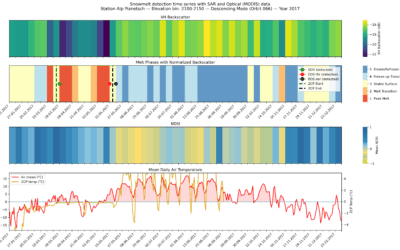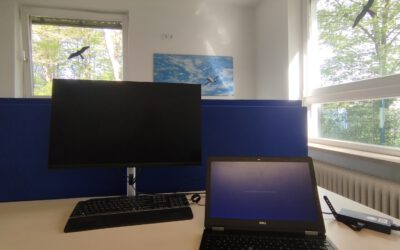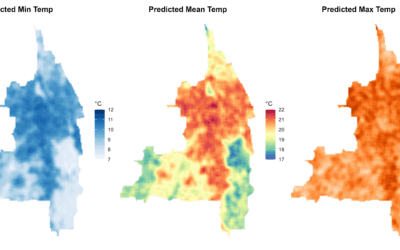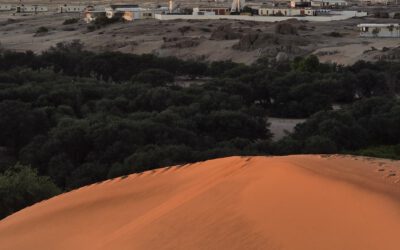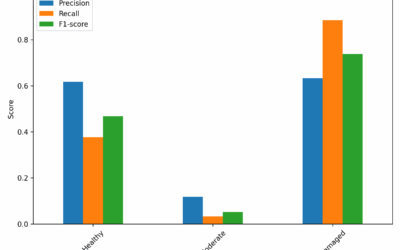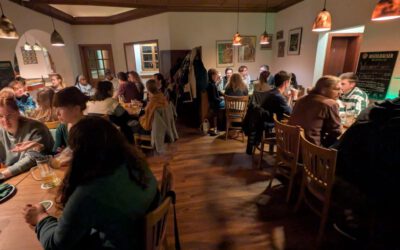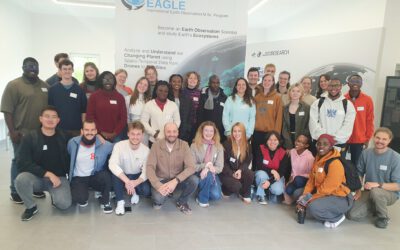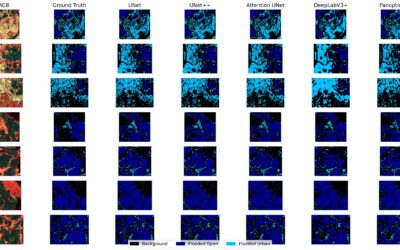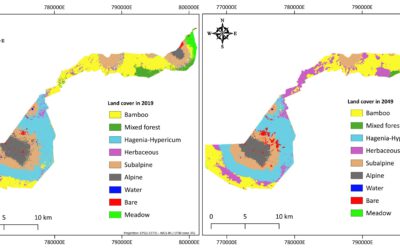From the abstract: The thesis explores the use of sensor harmonization between Sentinel-2 and Landsat data. This is used to monitor the phenological dynamics of understory vegetation in temperate deciduous forests in Upper Franconia, Bavaria, Germany. The understory is a diverse and important layer within forest ecosystems and plays a significant role in nutrient cycling, species composition, and habitat provision. Despite its significance, the understorey has gotten very little attention in phenological study, with the majority of studies concentrating on the canopy layer. Changing environmental conditions, such as light availability and the effects of climate change, make it crucial to better understand the phenological patterns of understory vegetation. The research aims to evaluate how effectively harmonized multispectral remote sensing data can capture phenological patterns in understory vegetation and compare these observations to ground-based wildlife camera data. The goal is to assess the reliability of remote sensing for tracking seasonal changes in understory vegetation and understand how these tools can complement ground observation methods.
1st supervisor: Prof. Dr. Tobias Ullmann
2nd (external) supervisor: Dr. Hendrik Edelhoff (LWF)


